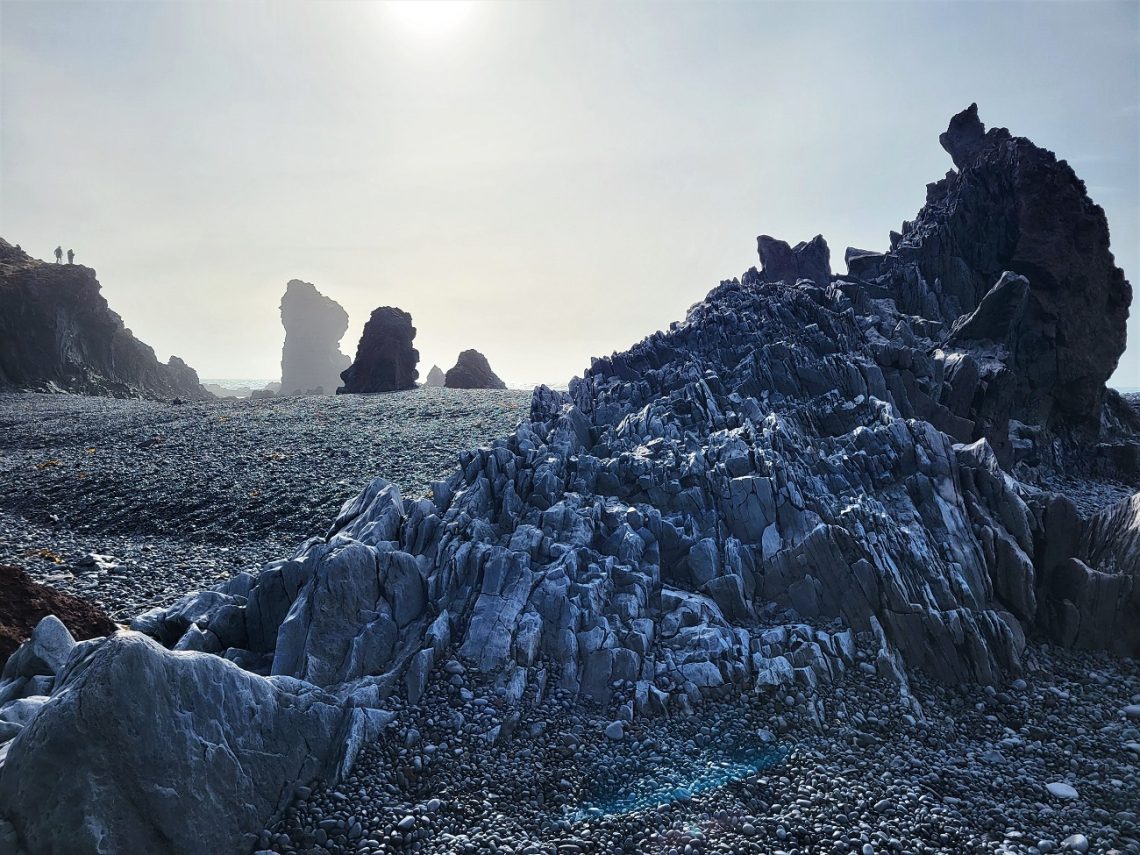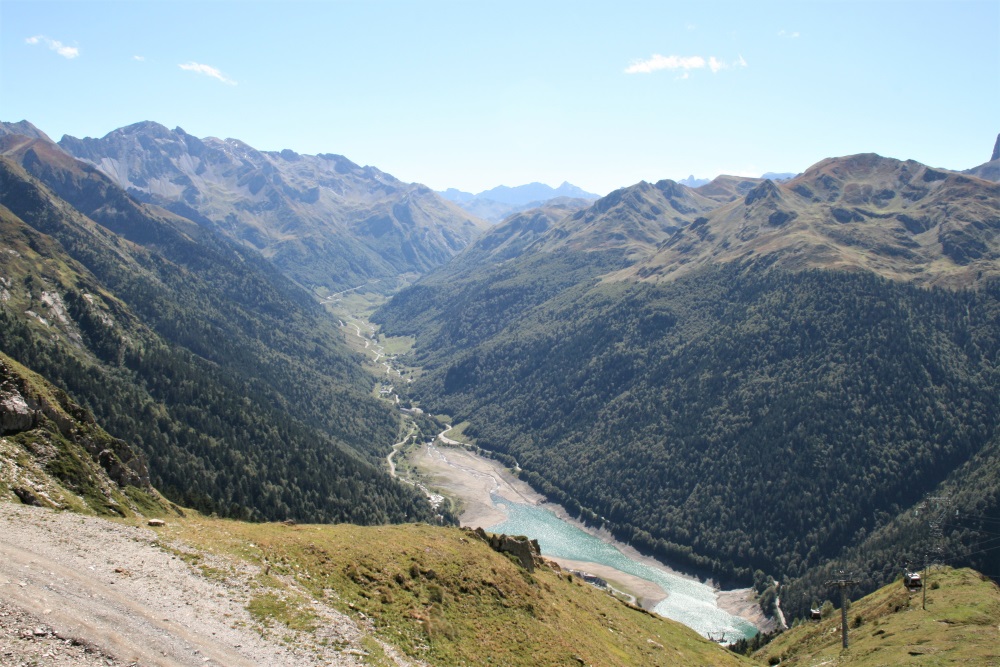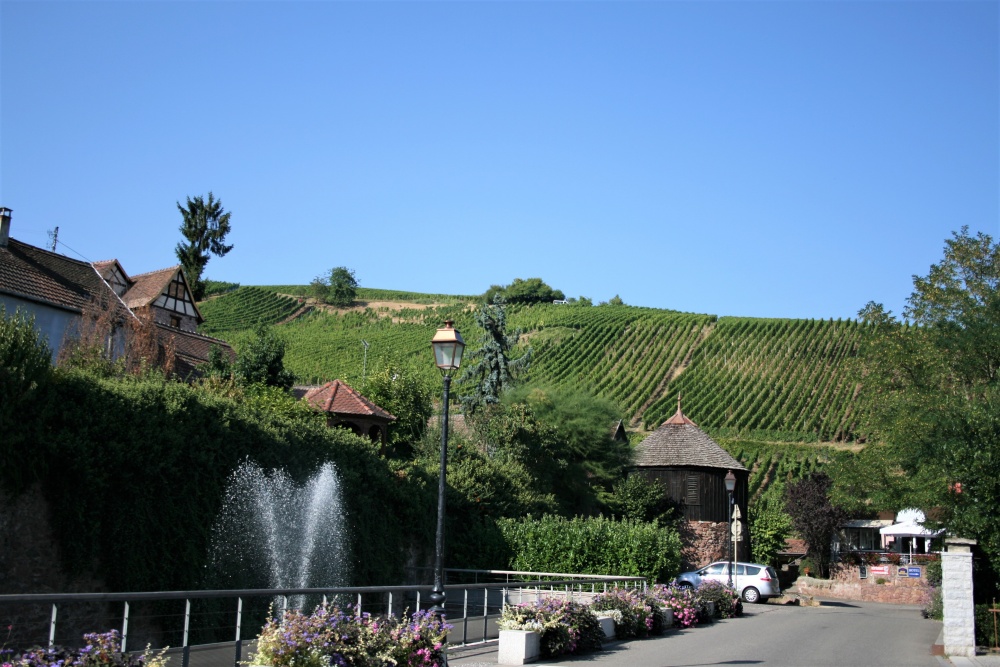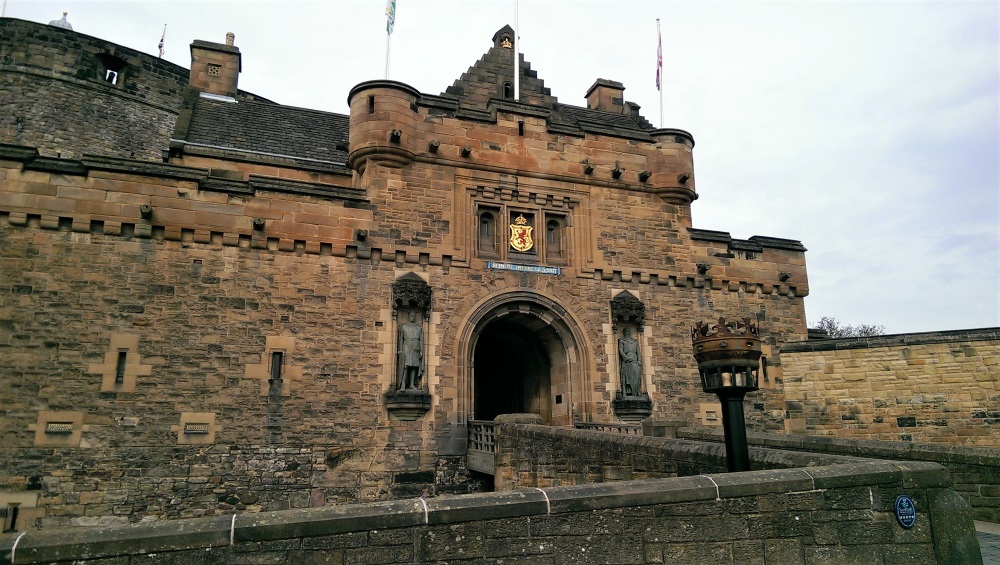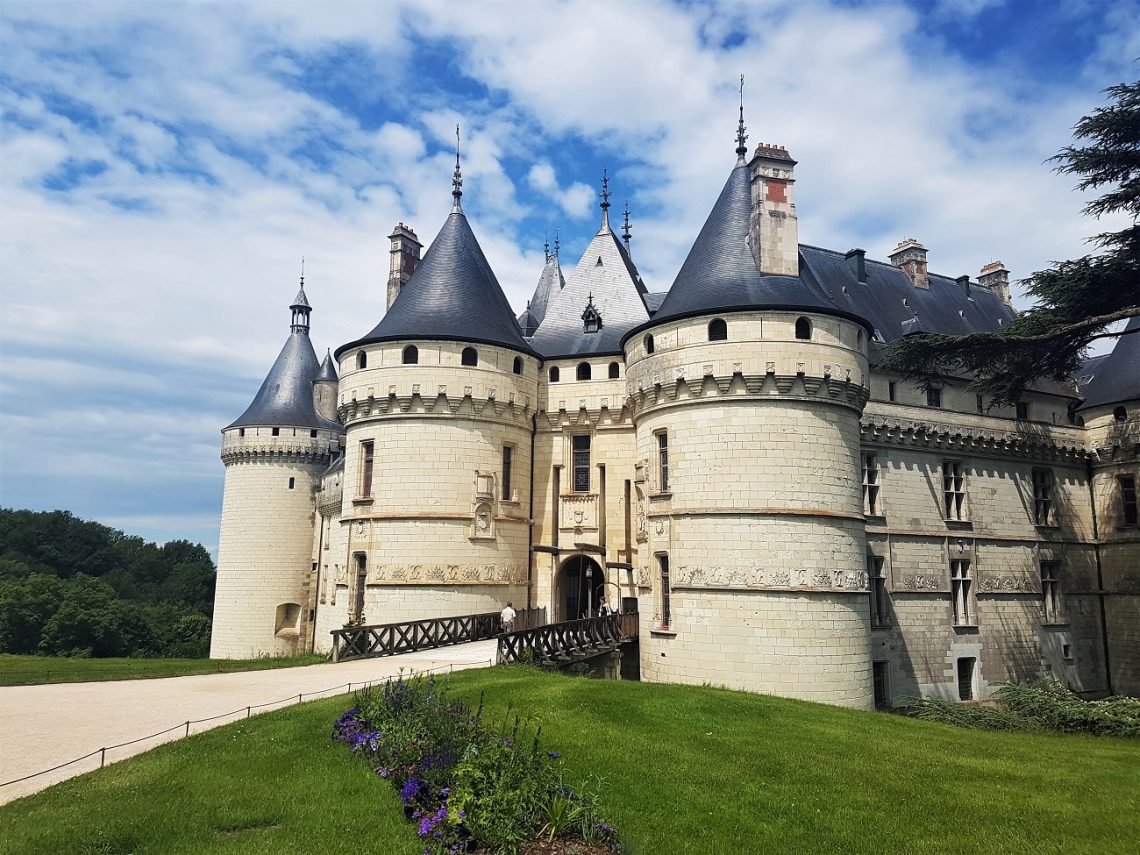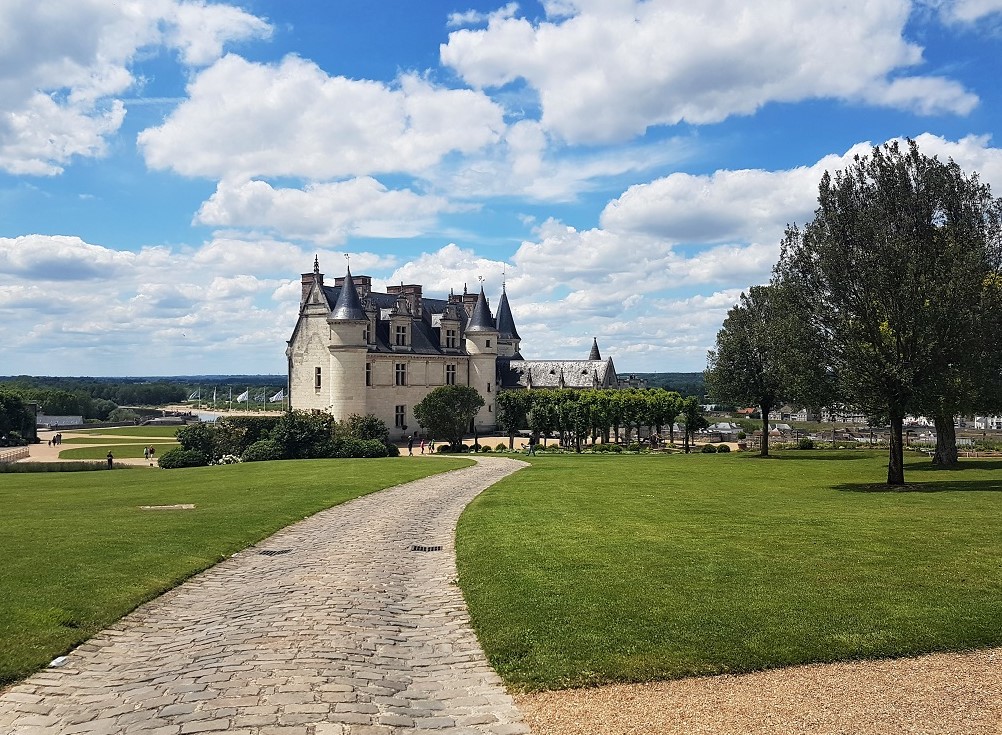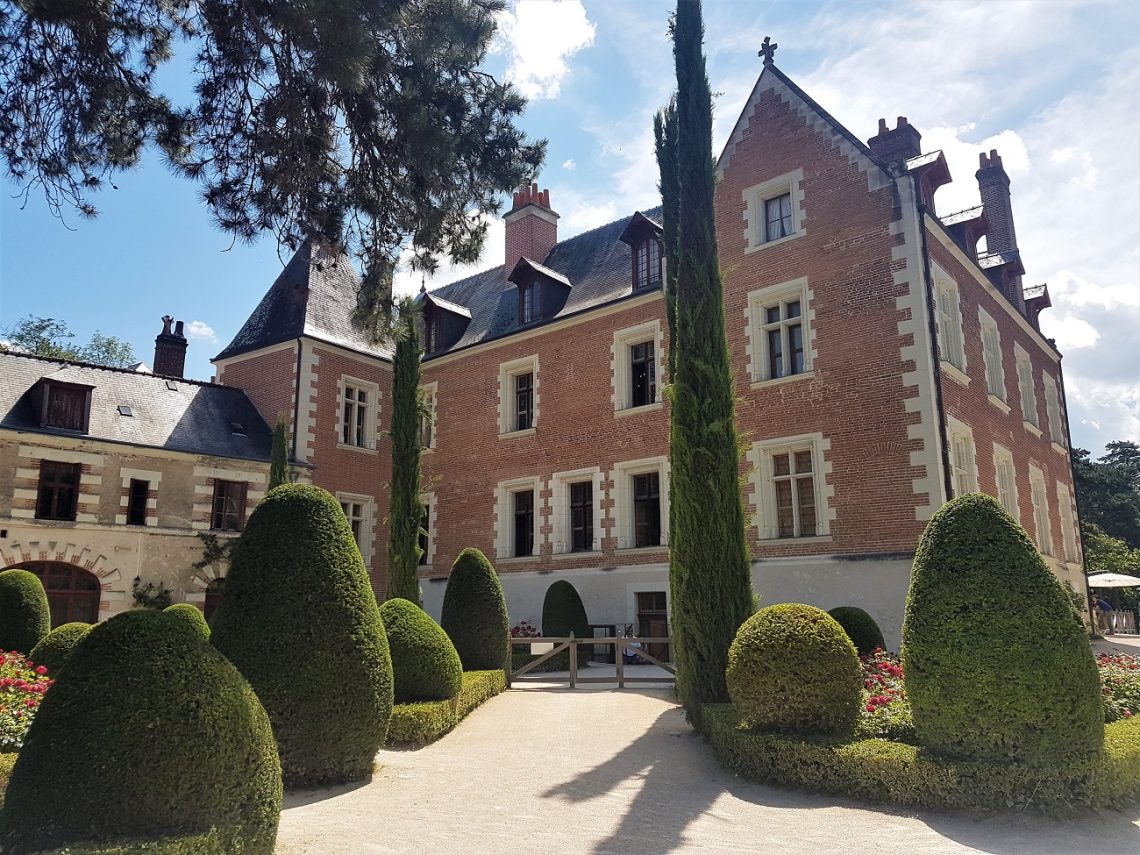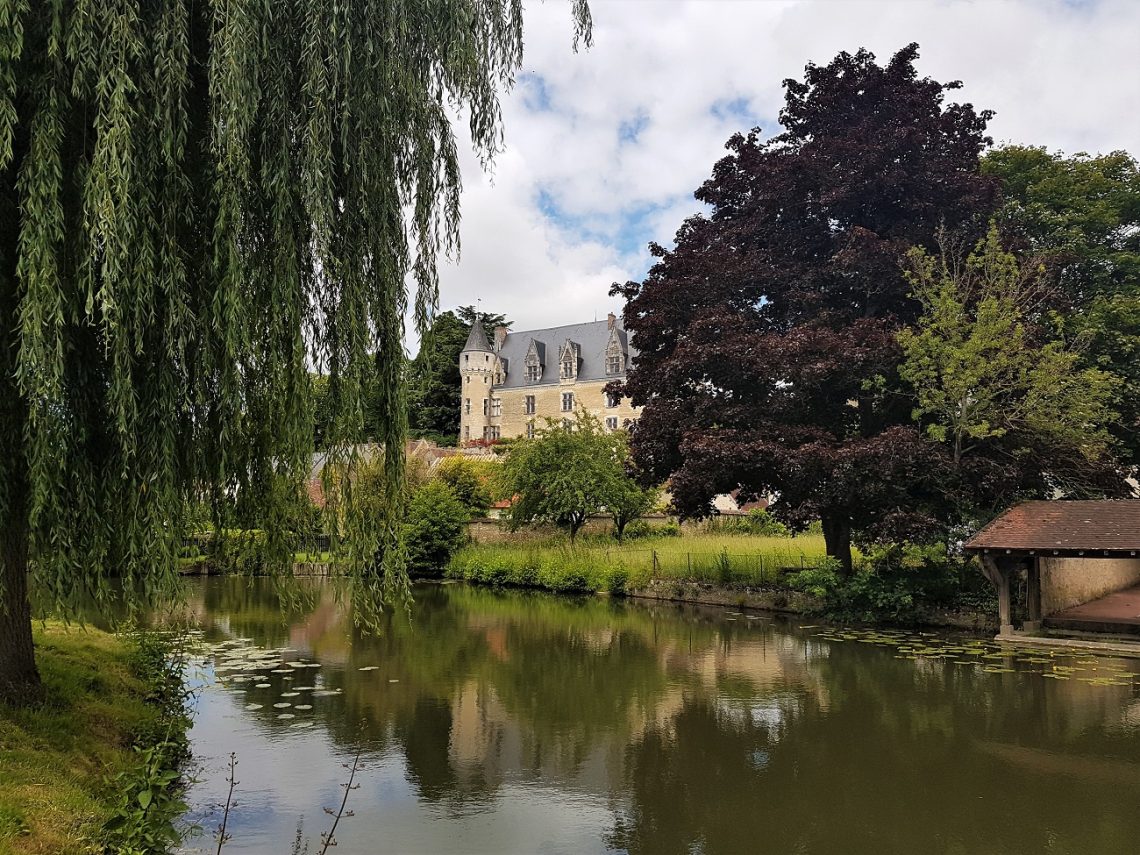The land of fire and ice is a beguiling, otherworldly place, its scenery as dramatic as its nickname suggests. From bubbling geysers to snowcapped volcanoes, stunning waterfalls (below) and black sand beaches, nothing quite prepares you for Iceland’s magnificent beauty. As I travelled across the Reykjanes Peninsula on my way to the country’s capital Reykjavik, I was struck by the vast expanse of yellow grass and jet black soil that surrounded us. It was a bleak, unrelenting scene, unlike any I’d seen before and I was instantly captivated. It took me a while to put my finger on why I…
-
-
I couldn’t very well spend a week in Béarn, in the shadow of the Pyrenees, without spending at least one day exploring the majestic mountain range. So we set off on a road trip that would take us through the Ossau Valley, one of a number of valleys cutting a swathe through the Pyrenees. The Ossau Valley is the third largest Pyrenean valley in Béarn, starting just south of the regional capital Pau and running all the way to the Spanish border. We followed the D920 and then the D934 into the valley, passing a number of small towns along…
-
I was in London in the spring catching up with friends, when one of my friends suggested we spend the day at the Royal Botanic Gardens in Kew. I love Kew Gardens and hadn’t been there for years, so I was more than happy to revisit one of my favourite London haunts. Home to more than 50,000 species of plants from all corners of the globe, the world-famous gardens date back to the mid-18th century, when King George III’s mother, Princess Augusta, established a botanical garden at Kew. In 1840, the gardens were handed over to the state and they’ve…
-
There are few things I enjoy more than a good glass of wine, so when I discovered Alsace had its own Route du Vin, there was no way I was going to let that opportunity pass. Snaking its way through the Alsatian countryside in the shadow of the Vosges mountains, the Route du Vin is so-called because of the many, many vineyards in the area. This is wine country and all around us, the fields and hills were filled with row upon row of grape vines. And all along the winding road were caves selling the wares made from these…
-
Perched high atop one of Edinburgh’s two dormant volcanoes, Edinburgh Castle is an impressive fortification that dominates the surrounding landscape. A citadel home to lots of different buildings rather than a simple stone castle, it’s worth taking the time to explore all the many structures within the castle walls. These include various museums (including one on prisoners of war and a couple of regimental ones), the royal palace, St Margaret’s Chapel, David’s Tower and the Scottish National War Memorial. If you want to learn more about Scotland’s royal family, make sure to visit the royal palace. The apartments take you…
-
Of all the châteaux I visited in the Loire Valley, my favourite was possibly Chaumont-sur-Loire. This château, perched high on a cliff overlooking the picturesque River Loire, may not have the architectural flourishes of Chambord or Chenonceau, but it’s a delightfully charming affair surrounded by acres of stunning gardens. Originally founded at the beginning of the 11th century by Odo I, Count of Blois, the current château dates back to the late 15th and early 16th centuries. In 1465, the old château was burned to the ground on the orders of Louis XI after its then-owner Pierre d’Amboise took part…
-
The last château we visited in the Loire Valley was the elegant Château d’Amboise. Set high on a rock overlooking the historic market town of Amboise on the banks of the River Loire, this former royal château is where Leonardo da Vinci was laid to rest. The castle became a royal residence in 1434 when Charles VII took it from its then-owner Louis d’Amboise as punishment for plotting against Louis XI. Much of the current building dates back to the late 15th century when Charles VIII had it rebuilt. For the next 150 years or so, the château was a…
-
In the historic market town of Amboise on the banks of the Loire, you’ll find Château du Clos Lucé, the large brick mansion where Leonardo da Vinci spent the last years of his life working for the French court. The legendary artist-scientist-inventor had been enticed to France at the age of 64 by François I, who lent him the royal family’s summer house as a base, and da Vinci lived there for the next three years until his death on 2 May 1519. The château, which was originally named Manoir du Cloux, was built by Hugues d’Amboise in the 15th…
-
Thanks to its quaint medieval streets, charming château and lovely views of the River Indrois, it’s hardly surprising that Montrésor has been named one of les plus beaux villages de France (most beautiful villages in France). It’s one of only three villages to have been given the distinction in the Loire Valley. We started our visit to Montrésor at the privately owned château, which is perched high on a rock in the centre of the village overlooking the River Indrois. The château was built in the Renaissance style by Imbert de Bastarnay (a counsellor to kings Louis XI, Charles VIII,…
-
Straddling the Essex-Hertfordshire border, the Lee Valley Country Park is a 1,000 acre picturesque site teeming with wildlife and the home of the Lee Valley White Water Centre (where you can follow in the footsteps of the London 2012 Olympic canoers). It’s also a surprisingly peaceful and calming place to while away an afternoon. Aside from the odd cyclist, dog-walker and family picking blackberries and raspberries, I came across very few people during my two-and-a-half hour stroll along the banks of the River Lee and its surrounding wetlands. I did, however, enjoy the company of lots of birds, including some…

